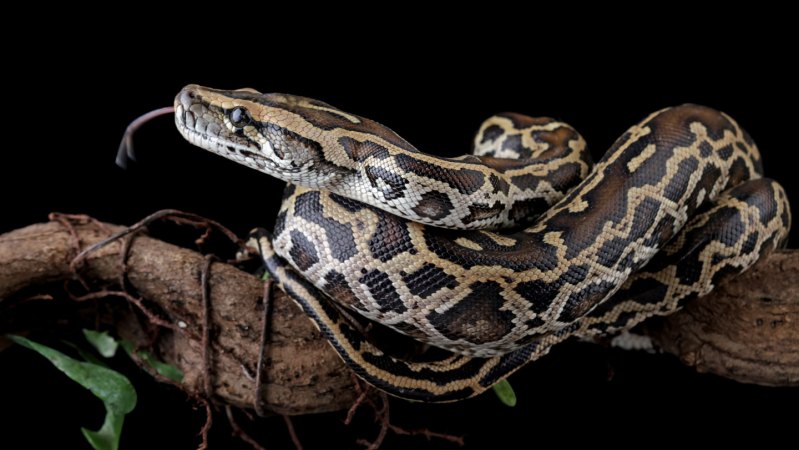A recent study has unveiled a new type of cell in pythons that aids in the digestion of their prey’s bones. This discovery may shed light on the digestive processes of other animals that consume whole prey. Researchers at the University of Utah conducted the study, which was published in the Journal of Experimental Biology in 2023.
The newly identified cells, referred to as “osteophagic cells,” play a crucial role in helping pythons absorb calcium from the bones they ingest. These cells are thought to allow the snakes to efficiently utilize all parts of their prey, enhancing their nutritional intake. Pythons are known for consuming large prey, often swallowing animals whole, which makes this adaptation particularly significant.
Dr. Jodie W. O’Neill, a leading researcher on the project, explained that the osteophagic cells have unique properties that enable them to break down bone material. “These cells are specialized to handle the digestion of inorganic material, which is quite different from the digestion of soft tissues,” she stated. The study suggests that similar cells could exist in other carnivorous animals that also consume prey whole, indicating a potential evolutionary advantage.
Understanding how these cells function may have broader implications for the study of digestive systems across different species. It could provide insights into the evolutionary adaptations that allow animals to thrive on diets that would otherwise be challenging. The finding raises intriguing questions about the digestive strategies employed by various predators.
The research team examined the stomach contents of several pythons and noted the presence of mineralized structures that indicated the breakdown of bone material. This observation was pivotal in identifying the role of osteophagic cells in the digestion process. The ability to absorb nutrients from bones may explain how pythons manage to survive in environments where food is scarce, as they can maximize the resources obtained from their meals.
The implications of this discovery extend beyond pythons. According to Dr. O’Neill, further research could reveal similar adaptations in other species. “We are just beginning to understand the complexities of digestion in animals. This could lead to exciting discoveries about how different species have adapted to their diets,” she remarked.
As researchers continue to investigate the digestive mechanisms of various animals, the findings from this study may offer valuable perspectives on nutrition, evolution, and ecology. The study of osteophagic cells could pave the way for future research that delves deeper into the interconnections between diet and digestive adaptations in the animal kingdom.
In conclusion, the discovery of these specialized cells in pythons not only enhances our understanding of their unique digestive systems but also opens the door for further exploration of evolutionary biology. As scientists investigate how different animals have adapted to their feeding habits, we may uncover more fascinating insights into the natural world.






































































